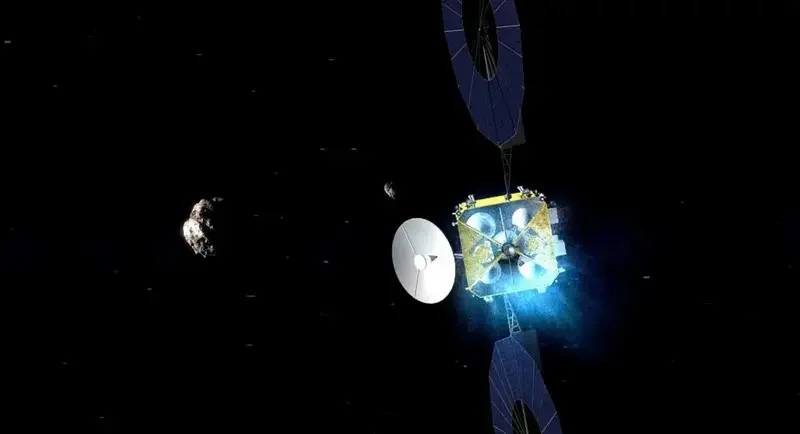
China’s Tianwen-2 Mission: Unveiling the Secrets of Asteroids and Comets
China has launched its groundbreaking Tianwen-2 mission, embarking on an ambitious journey to explore both a near-Earth asteroid and a main-belt comet. This dual-target approach marks a significant leap in space exploration, promising unprecedented insights into the origins of our solar system and the composition of these celestial bodies. The mission, launched on May 28th, aims to collect samples from asteroid Kamo'oalewa (2016 HO3), a "quasi-moon" of Earth, and later study the comet 311P/Pan-STARRS.

The Tianwen-2 probe will first rendezvous with Kamo'oalewa in July 2026, spending a year studying it and collecting approximately 100 grams of samples using both "touch and go" and, for the first time, an "anchor and attach" method involving drills. This material is expected to return to Earth in April 2027. Scientists believe that Kamo'oalewa might be a fragment of the Moon, offering a unique opportunity to learn about the Moon's composition and the solar system's evolution. Shan Zhongde, head of the CNSA, emphasized that the Tianwen-2 mission represents a "significant step in China's new journey of interplanetary exploration".
Following its Earth return,Tianwen-2 will then utilize a gravity assist maneuver to slingshot towards its second target: Comet 311P/Pan-STARRS, an active asteroid located in the main asteroid belt. Arriving in 2035, the probe will conduct remote measurements of the comet, which exhibits both asteroid and comet characteristics. Scientists hope these observations will shed light on the role of small bodies in delivering water to Earth billions of years ago and provide valuable insights into active asteroids and comets in general.

This mission showcases China's rapidly advancing space capabilities. It follows the successful Chang'e missions to the Moon, including the recent Chang'e 6 which retrieved the first-ever samples from the lunar far side. China also aims to launch the Tianwen-3 Mars sample-return mission in 2028. The Tianwen-2 mission not only promises groundbreaking scientific discoveries but also highlights China's commitment to international cooperation in space exploration, albeit potentially limited with the US due to existing legal constraints.
The Tianwen-2 mission is more than just a spaceflight; it represents humankind's relentless pursuit of knowledge about our cosmic origins. Will the samples from Kamo'oalewa confirm its lunar origin, or will they reveal previously unknown aspects of the solar system’s early history? Share your thoughts and predictions in the comments below.